Can You Put Lime in a Chicken Coop? Analyzing Safety and Best Practices
- February 8, 2024
- 0 comment
I’m always on the lookout for ways to maintain a healthy and hygienic environment for my feathered friends. The challenge of managing odor and ensuring the coop remains clean without harming the chickens is an ongoing battle. I’ve tried various methods and products, but one suggestion that kept popping up in forums and from fellow chicken enthusiasts was using lime in the chicken coop. I decided to give it a try, and here’s my comprehensive review based on my personal experience.
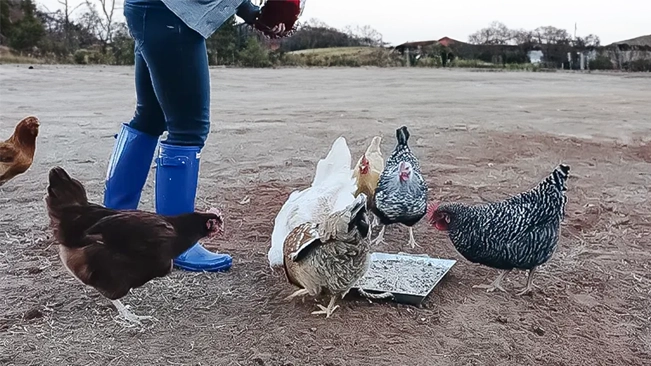
If you’re someone who raises chickens in your backyard or on your property, you’re likely already familiar with the fact that chicken coops can gradually become home to rather unpleasant smells. Dealing with a foul-smelling chicken coop is far from a delightful experience for anyone involved, and it can become especially problematic if you live close to your neighbors.
The process of neutralizing the odors emanating from a chicken coop demands a dedicated investment of time and effort. However, undertaking this task is incredibly rewarding and essential for maintaining a pleasant and neighbor-friendly environment.
List on Can You Put Lime In A Chicken Coop:
- Preparing the Coop
- Application Process
- Addressing the Odor Issue
- Utilizing Lime for Coop Maintenance
- Observations and Results
The Decision to Use Lime
My journey started when I noticed the ammonia smell in my coop was becoming more pronounced despite regular cleaning. Concerned about the health impacts on my chickens, I researched and learned that lime could neutralize odors and reduce moisture – a primary culprit in creating a breeding ground for bacteria and pests.
However, I also discovered there are two types of lime: hydrated lime and agricultural lime (also known as garden lime). Hydrated lime can be hazardous, causing burns to both chickens and humans. Agricultural lime, on the other hand, is crushed limestone, safer and recommended for use in chicken coops.
1. Preparing the Coop
The initial step in enhancing the environment of your chicken coop involves a comprehensive cleaning process, which is essential before introducing any odor-neutralizing agents such as lime. This preparatory phase starts with the complete removal of all existing bedding materials from the coop.
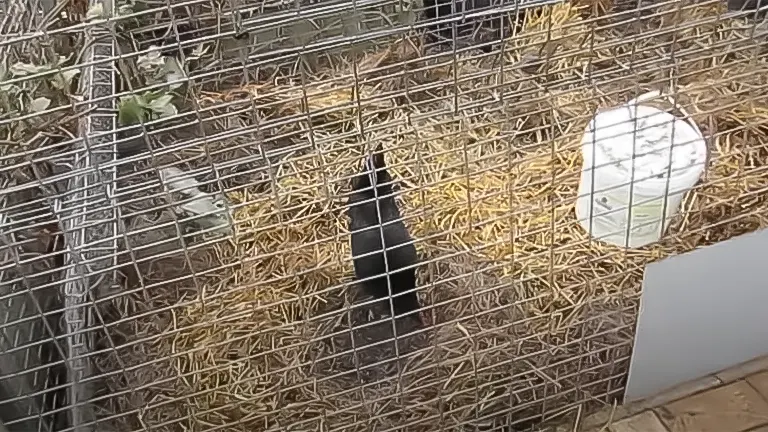
The objective here is to strip the coop down to its bare essentials, ensuring that every corner and crevice is accessible for a deep clean. This meticulous cleaning not only serves to eliminate the immediate sources of unpleasant odors and excessive moisture but also sets a pristine baseline from which the effectiveness of lime in managing these issues can be accurately evaluated.
The thorough removal of debris, droppings, and old bedding is crucial for exposing the underlying surfaces of the coop, which might be harboring bacteria or fungi, contributing to the overall problem. By starting with such a clean slate, you ensure that the application of lime is as effective as possible in controlling odors and reducing moisture, thereby creating a healthier environment for your chickens.
2. Application Process
Once the coop has been thoroughly prepared, the next step is the careful application of agricultural lime, a task that requires attention to detail and a focus on safety. Before beginning, it’s imperative to don protective gloves and a mask.
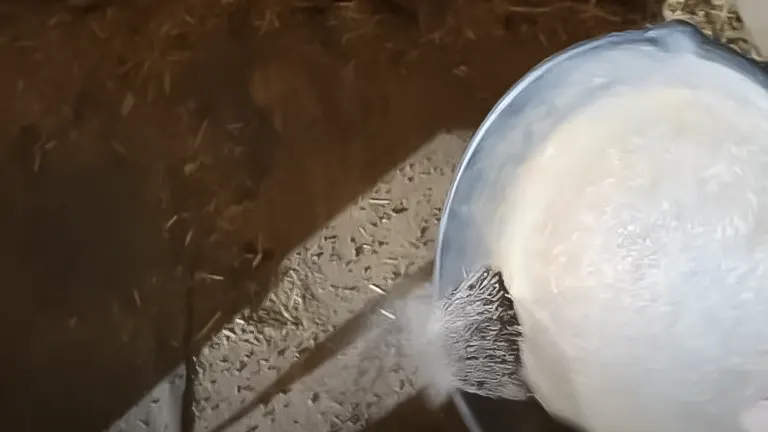
These precautions are necessary to prevent skin irritation from direct contact with the lime and to avoid respiratory issues that could arise from inhaling lime dust. With these safety measures in place, a moderate amount of agricultural lime is evenly distributed across the floor of the coop, paying special attention to areas more prone to moisture accumulation.
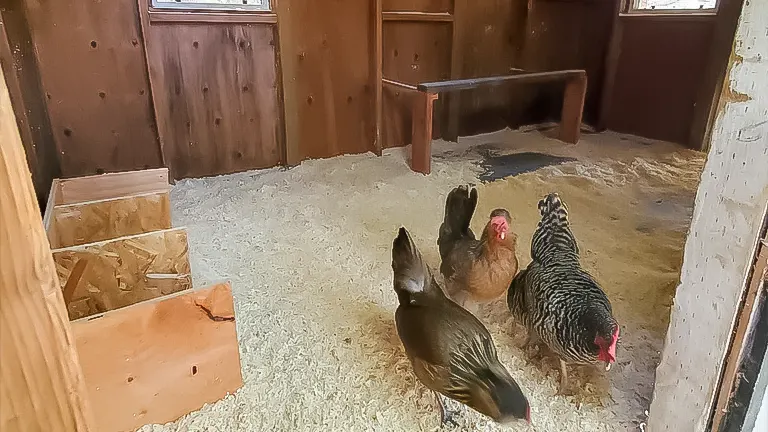
Moisture is a key factor in the development of odors and a contributor to the growth of harmful bacteria and pathogens. By targeting these areas, the lime can effectively absorb excess moisture and neutralize odors. After the lime is spread out, a fresh layer of bedding is added on top. This not only creates a comfortable and clean surface for the chickens but also helps to lock in the benefits of the lime application, ensuring that the coop remains dryer and fresher for longer.
This process, while straightforward, underscores the importance of safety precautions in handling lime and highlights the simplicity yet effectiveness of using agricultural lime as a natural solution for maintaining a healthier coop environment.
3. Addressing the Odor Issue
Chickens are active creatures, engaging in a constant cycle of eating, defecating, and, with a bit of luck, producing eggs. Their lack of discrimination when it comes to where they relieve themselves means that over time, your chicken coop is inevitably going to be marked by a significant smell.
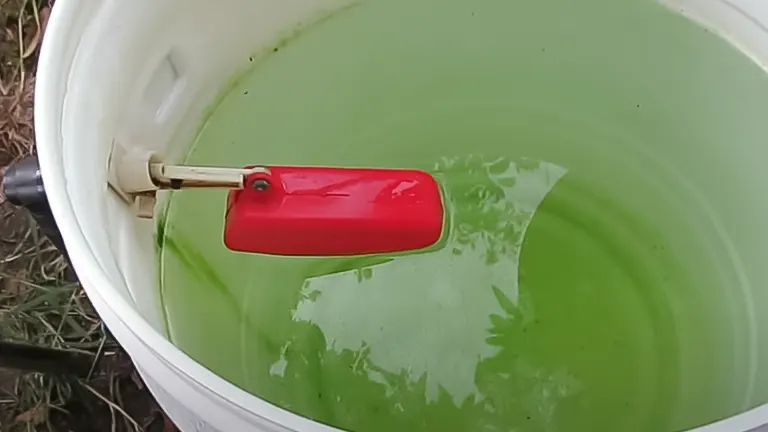
This odor primarily stems from accumulated chicken waste mingling with various other forms of dirt. While the smell itself isn’t harmful to the chickens, the unsanitary conditions it indicates can pose a threat to their health due to the potential growth of harmful bacteria. Therefore, it’s crucial to tackle not only the smell in your chicken coop but also the root causes contributing to it.
4. Utilizing Lime for Coop Maintenance
Implementing agricultural lime as a solution requires initial thorough cleaning of your chicken coop. Start by rigorously hosing down the coop, aiming to remove as much accumulated waste, dirt, and grime as possible. For those who wish to go a step further in sanitization, a diluted bleach solution can be applied to the interior surfaces.
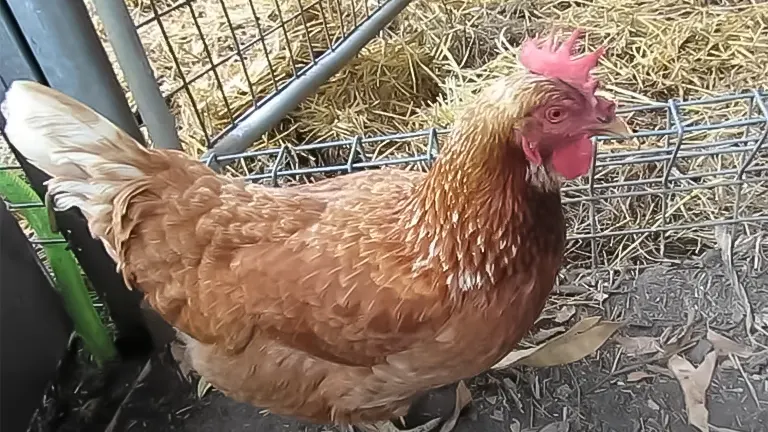
A recommended mix is one part bleach to thirty-two parts water. This step is effective in sanitizing nesting boxes, roosts, walls, and other permanent fixtures, significantly reducing odor levels. However, it’s essential to avoid using bleach on areas where you wish to encourage the growth of grass or other plants. After cleaning, the application of agricultural lime can proceed, neutralizing lingering odors and enhancing the quality of the soil around your coop.
5. Observations and Results
In the weeks that followed, I monitored the coop’s condition closely. Here are my key observations:
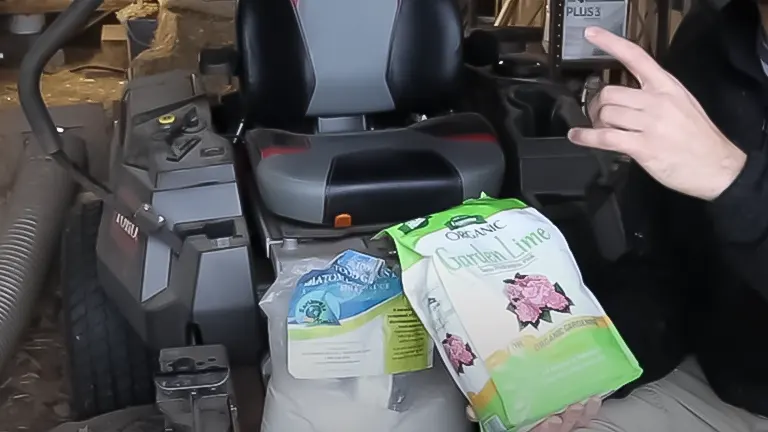
- Odor Reduction: The most immediate impact was a noticeable reduction in the ammonia smell. The lime seemed to neutralize the odors effectively, making the coop environment more pleasant for both me and the chickens.
- Moisture Control: The coop floor remained drier compared to before. This dryness contributed to less odor and appeared to discourage the proliferation of flies and other pests.
- Chicken Health: I observed no adverse effects on my chickens. They seemed as healthy and lively as before, with no signs of irritation or discomfort from the lime application.
Pros and Cons Based on My Findings
Pros
- Effective Odor Control: Lime significantly reduces the smell of ammonia, making the coop environment more pleasant.
- Moisture Absorption: Helps keep the coop floor dry, reducing the risk of disease.
- Pest Deterrent: The altered pH and drier environment can deter pests and parasites.
Cons
- Respiratory Risks: Lime dust can be harmful if inhaled, requiring protective measures during application.
- Potential Irritation: There’s a risk of burns or irritation, especially with direct contact to hydrated lime.
- Maintenance Requirement: Regular application is necessary to maintain its effectiveness, adding to coop maintenance tasks.
Related Articles:
- Best Bedding For Chickens
- Best Safe Chicken Coop Heater
- 8×8 Chicken Coop Plans
- Turning a Shed Into a Chicken Coop
- How to Make a Chicken Coop Out of Pallets
- Best Sand for Chicken Coop
- How To Insulate a Chicken Coop
- How To Heat a Chicken Coop
- How To Keep Water from Freezing in Chicken Coop
- How to Build a Chicken Coop
- How To Build Chicken Nesting Boxes
- How to Raise Happy and Healthy Chickens in Your Backyard
- When Can Chicks Go Outside? Timing and Tips for a Smooth Transition
- 12 Reasons why Ducks are Better than Chickens
- Best Automatic Chicken Coop Doors 2024: Expert Reviews & Buyer’s Guide
- Best Fans for Chicken Coop 2024: Effective Cooling Solutions Reviewed
Final Thoughts
Using agricultural lime in my chicken coop turned out to be a positive experience. It effectively addressed the issues of odor and moisture without compromising the health and well-being of my chickens. However, it’s important to use it sparingly and only as needed, as too much lime can lead to an overly alkaline environment that could potentially harm the chickens.
Would I recommend using lime in a chicken coop? Based on my experience, yes, but with caution. It’s essential to choose the right type of lime (agricultural lime) and apply it correctly. Regular cleaning and maintenance of the coop should always be the first line of defense, with lime as a supplementary measure for odor and moisture control.
Frequently Asked Questions
- Is it safe to use lime in a chicken coop?
Yes, it’s safe to use agricultural or garden lime in a chicken coop, as it helps to neutralize odors and reduce moisture. However, it’s important to avoid hydrated lime (also known as slaked lime or quicklime), which can be harmful to both chickens and humans. - What type of lime should I use in my chicken coop?
You should use agricultural lime (calcium carbonate) or dolomitic lime. These types are safe for chickens and effective in controlling odors and moisture. - How does lime benefit a chicken coop?
Lime reduces moisture levels, neutralizes odors, and can help to deter pests. It also decreases the risk of bacterial and fungal growth, contributing to a healthier environment for your chickens. - How often should I apply lime in my chicken coop?
The frequency depends on the size of your coop, the number of chickens, and the moisture level. Generally, applying lime every few months or as needed when cleaning the coop can help maintain a healthy environment. - Can lime harm my chickens?
When used correctly, agricultural lime is not harmful to chickens. However, excessive use can lead to an overly alkaline environment that may irritate their respiratory system or skin. Always apply it sparingly and cover it with bedding. - How do I apply lime in my chicken coop?
First, clean the coop thoroughly by removing all bedding and waste. Then, lightly sprinkle agricultural lime on the floor, focusing on moist areas. Finally, cover the lime with fresh bedding. - Can I use lime with other bedding materials?
Yes, lime can be used with various bedding materials such as straw, wood shavings, or sand. It works underneath these materials to help control odor and moisture. - Does lime kill parasites and insects in the coop?
Lime can help deter some parasites and insects due to its pH level, but it should not be solely relied upon for pest control. Regular coop maintenance and cleanliness are also crucial. - Will lime affect the compostability of my chicken manure?
Agricultural lime can alter the pH of your compost pile, but it generally won’t inhibit composting if used in moderation. It can actually improve the breakdown of organic matter in some cases. - Are there any alternatives to lime for controlling odor and moisture in a chicken coop?
Yes, there are alternatives such as diatomaceous earth, zeolite, or baking soda. Each has its own benefits and drawbacks, so research and choose the option that best suits your needs and the health of your chickens.
We’re eager to hear from you! Share your personal experiences and insights on using lime in a chicken coop in the comments section below. Your stories and advice could greatly assist fellow chicken keepers in making informed choices about maintaining their coops. Whether it’s tips on application, types of lime used, or the overall impact on your flock’s health and coop cleanliness, your input is invaluable!

Edward Smith
Forestry AuthorWoodworking is about more than crafting; it's a harmonious connection with nature, mastering tools, and preserving our environment. I'm here to share my knowledge and experiences with you, forging a future where we can embrace wood's beauty and utility while safeguarding our forests' health and diversity.













Leave your comment